1.store
The blade should be stored in a cool, dry place to prevent rust from the blade. A thin layer of oil can be applied to the edge of the blade and its vicinity with a nylon brush. It is best to use the box provided by the supplier to ensure that the blade is not in contact with any part or item in the box. The blade can be wrapped in foam plastic, and the supporting block in the box must be supported on the short axis at both ends of the blade, but not on the blade.
2.the transportation
When you need to pack and transport, be sure to use the appropriate size and strong boxes, each with a single blade and foam plastic on the surface of the blade. The short axles on both ends of the blade need to be used respectively with the wooden block with holes, and the wooden blocks are fixed in the box to prevent the shifting of the die cutting knife in the box. The boxes must be packed and bound, and the surface of the box must be marked "vulnerable" to attract attention.
3.Hoisting and handling.
When lifting and handling in the workshop, apply cloth cover to the blade surface to prevent damage to the blade. When installing other parts, prevent the parts from loosening and fall into the blade, otherwise the blade will be seriously damaged.
4.Maintenance.
When using the blade, must insist to use roll shoulder wiping felt, every day up a suitable amount of lubricating oil, to maintain the cleanness of the blade, and form a thin layer of oil film between the two, improve the wear resistance properties of the blade surface.
5.Make records.
Make a good habit of keeping records, including the days of use, the date of the blade being sent back to the mill, and the material that is shredded every time you work. Refer to these records, and you can know when you will need to repair the blades of the industrial shr



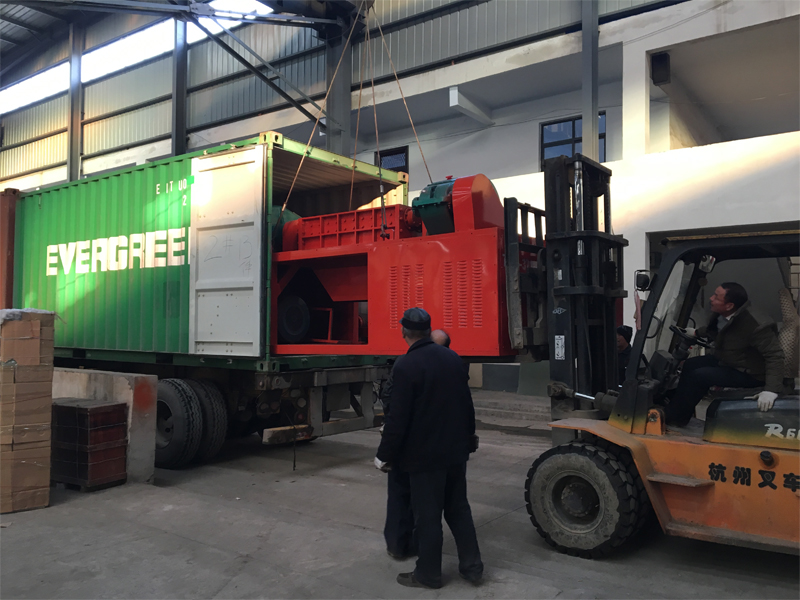
 Related Products
Related Products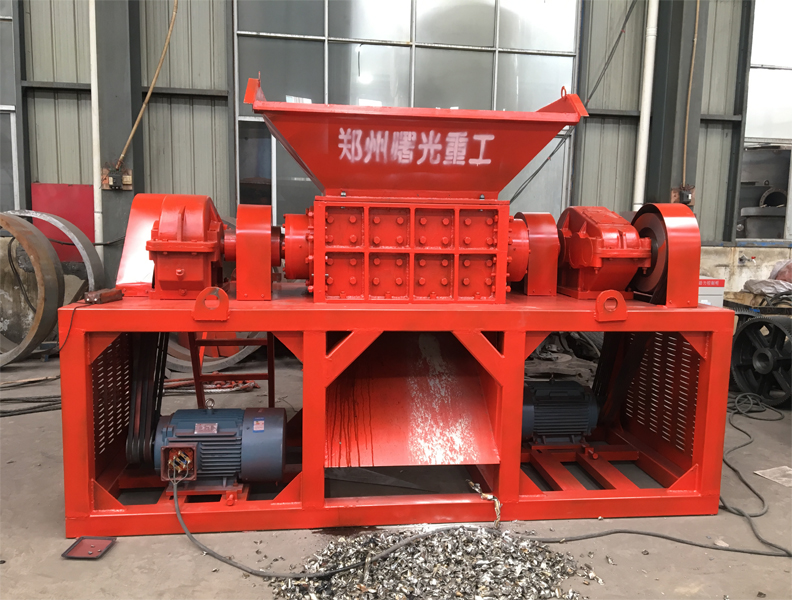
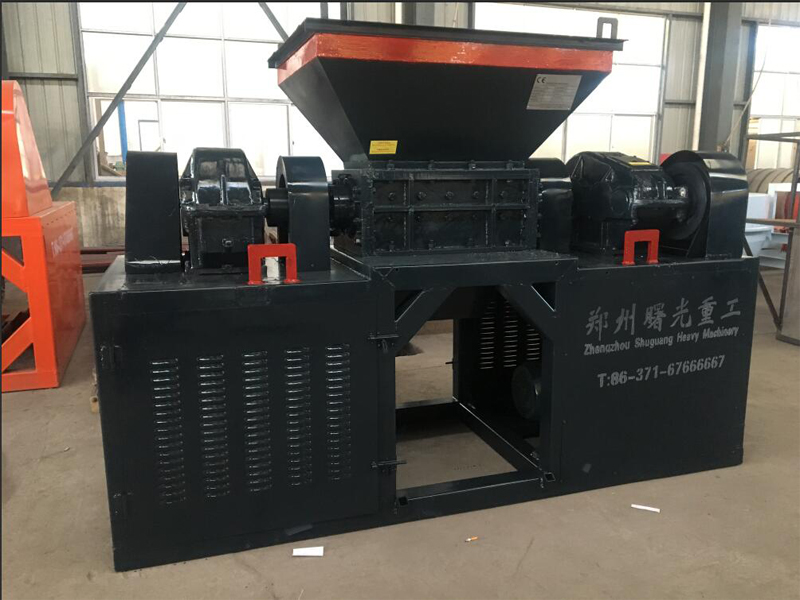
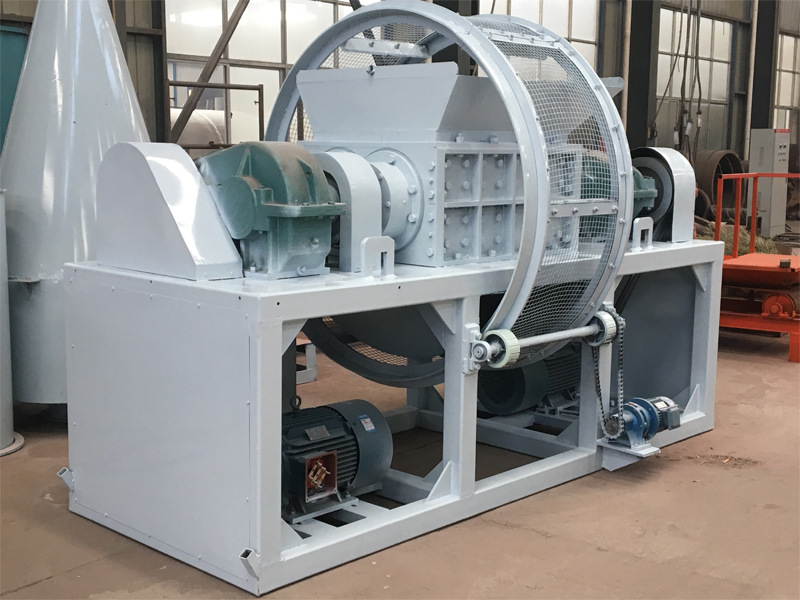
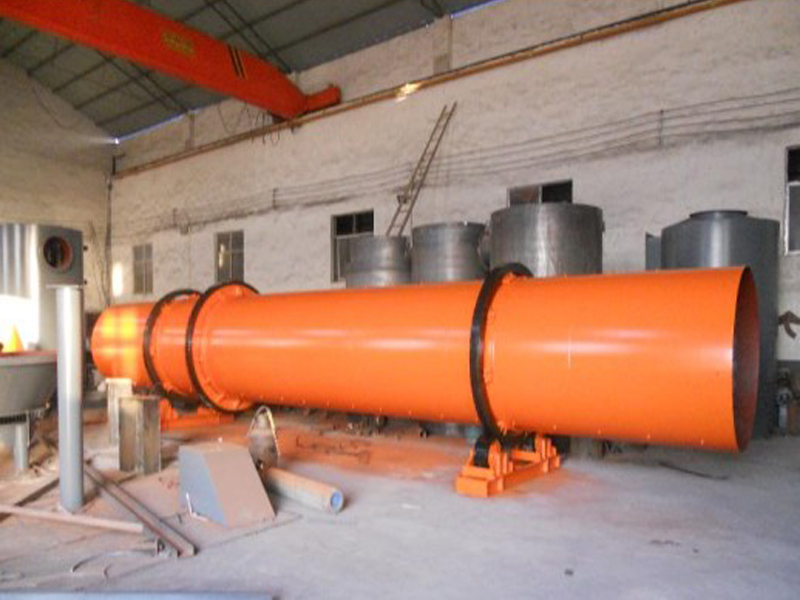
 Email
Email
 Telephone
Telephone
 Leave Message
Leave Message
